Roppongi Hills: Concept and History
Concept of the Development
Located to the southwest of Roppongi Station on the Hibiya subway line, Roppongi Hills is the largest private-sector redevelopment project in Japan. It occupies an approximately 11 hectare site (excluding Roppongi Hills Gate Tower) and boasts a total floor area of approximately 760,000m².
We have contributed to transportation in the wider area by developing side roads that connect to Roppongi Dori (Radial Road No. 22) and Ring Road No. 3, and developing area trunk roads (Keyakizaka) connecting TV Asahi Dori and Ring Road No. 3 from east to west.
We have also created a safe and comfortable pedestrian space by developing Metro Hat and linking it directly to Roppongi Station on the subway via an underground passage, developing 66 Plaza, developing pedestrian walkways traveling north and south and east and west, separating pedestrian areas from vehicle areas, and eliminating level differences with elevators and escalators. We preserved the lake and green areas from the Mori Mansion that was on the site before the redevelopment, and developed parks and plazas, making half of the site open space, thus creating a city space rich in greenery and water.
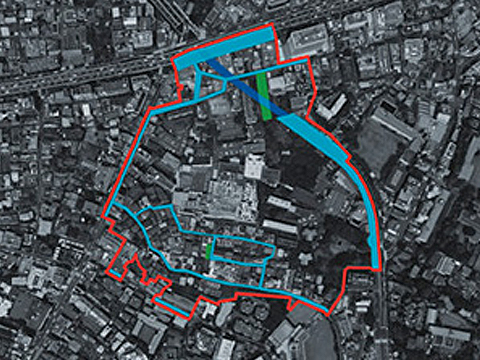
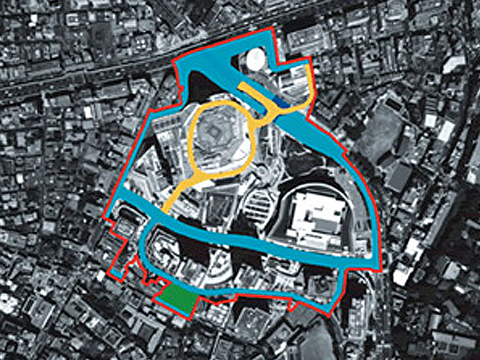
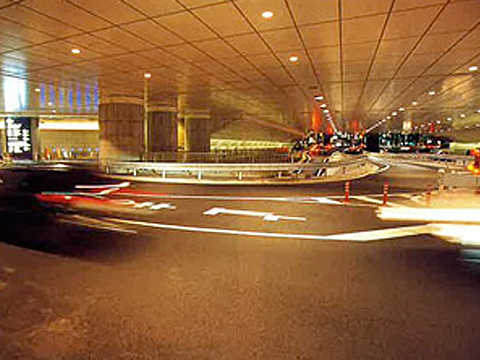
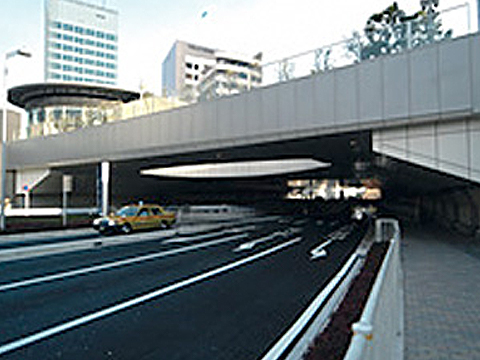
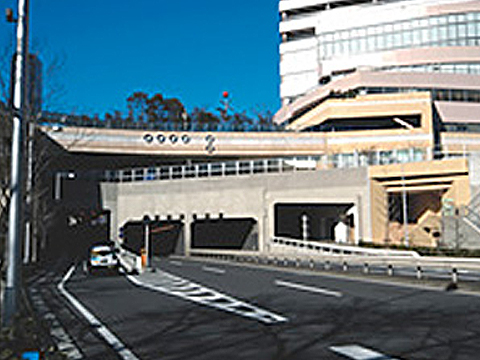
Facility Plan
Roppongi Hills is a multipurpose city combining “living, working, playing, resting, studying and creating” in an area of approximately 12 hectares, based on the concept of a “Tokyo cultural center.” It contains offices, residences, retail facilities, cultural facilities, a hotel, a cinema complex, a broadcasting center and more.
Fusing art and intelligence, Roppongi Hills is known as the “Artelligent City.” It attracts people from around the world, and the exchanges between different cultures generate new culture and information.
* Roppongi Hills is the biggest private-sector urban redevelopment project in Japan. After the Roppongi 6-chome district was designated a “redevelopment inducement area” by the Tokyo Metropolitan Government in 1986, it took the involvement of approximately 400 landowners and 17 years to complete.
Architectural and Design Concept
We employed international designers suitable for creating a “Tokyo cultural center.”
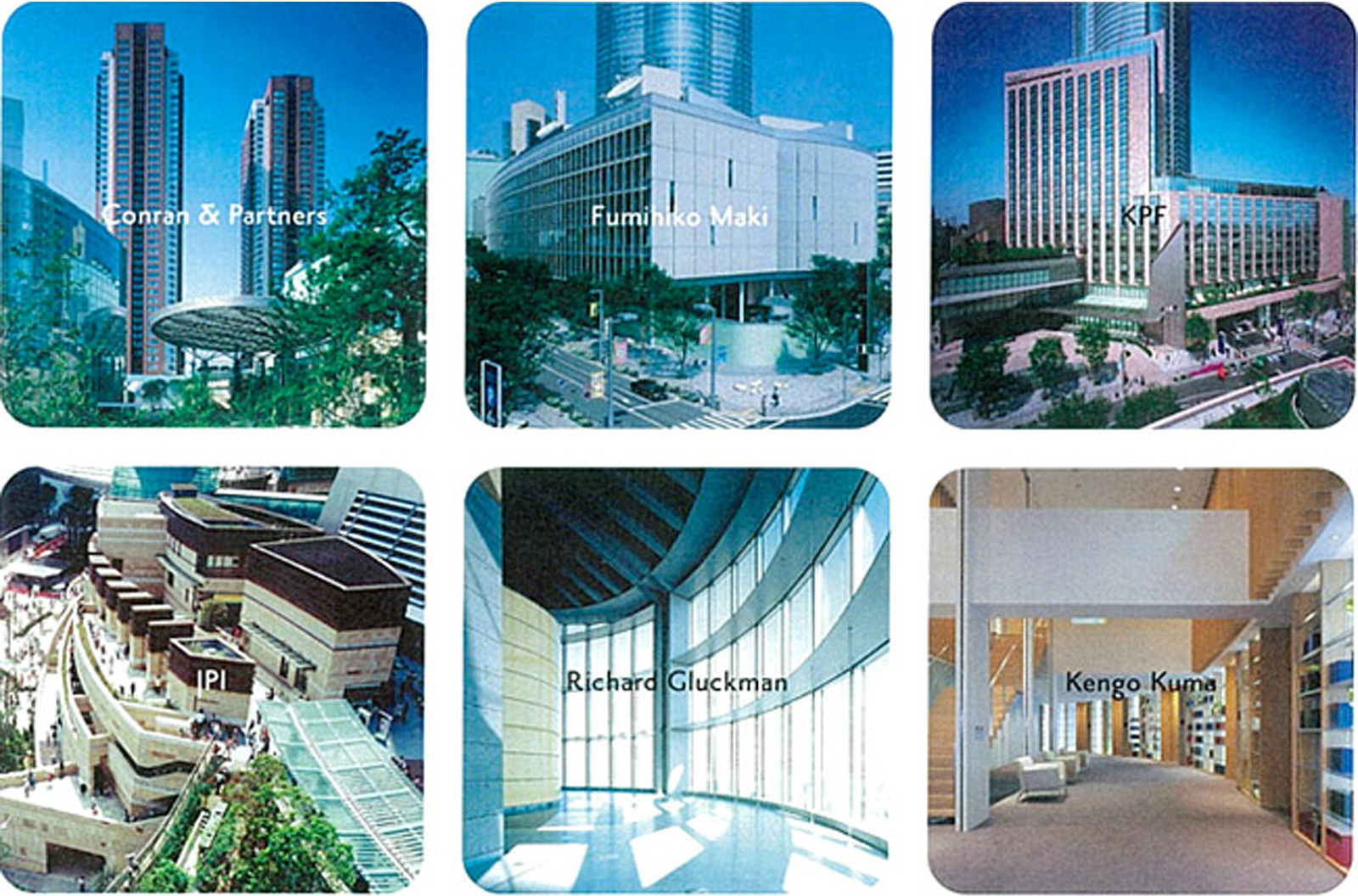
- Kohn Pedersen Fox Associates (William Pedersen)
Roppongi Hills Mori Tower、Grand Hyatt Tokyo、Keyakizaka Complex - The Jerde Parnership International (John Jerde)
Metro Hat, Hillside, West Walk, Hollywood Beauty Plaza - Conran and Parners (Ricahrd Doone)
Roppongi Hills Residence A-D、Roppongi Hills Gate Tower - Maki and Associates (Fumihiko Maki)
TV Asahi Broadcasting Center - Gluckman Mayner Architects (Richard Gluckman)
Mori Art Museum, Museum Cone - KENGO KUMA & ASSOCIATES (Kengo Kuma)
Academyhills
History of the Development
The Roppongi 6-chome district was a district centered on TV Asahi with an approximately 17m gradient on the south side, a road just under four meters wide running through it, and a high concentration of wooden houses, small apartments and condominiums.
In November 1986, the Tokyo Metropolitan Government designated this district a “redevelopment inducement area” and Mori Building Co., Ltd. and TV Asahi (Asahi National Broadcasting Co., Ltd.) began to call for a redevelopment. Subsequently, approximately 500 rights holders in the district established a preparatory organization for implementation of the project, the Redevelopment Preparatory Association. In April 1995, the “city plan” for a category 1 urban redevelopment project was decided and in 1998 the Redevelopment Association was established. After approval was granted for the ownership transfer plan, we were able to begin construction in 2000, a full 15 years after the redevelopment inducement area designation was made.
Finally, approximately 400 of the rights holders in the district, 80% of the original number, participated in the project. There are no other examples of such a large number of rights holders participating in a project.
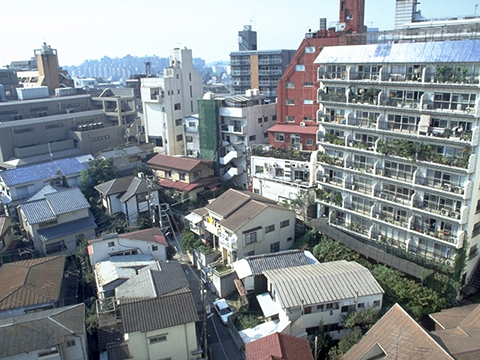
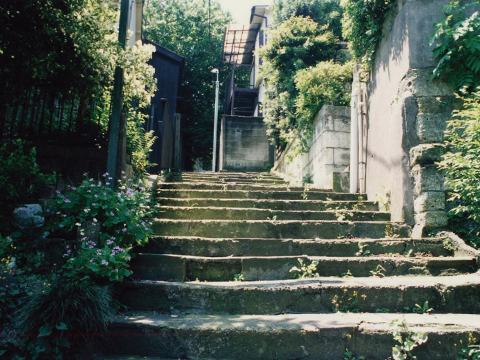
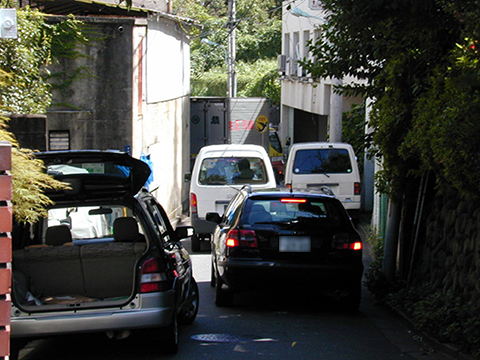
- Development Time Line
- November 1986:Roppongi 6-chome area granted “redevelopment inducement area” status
- December 1990:Established Roppongi 6-chome Urban Redevelopment Preparatory Association
- April 1995:Confirmation of the “city plan” announced
- September 1998:Establishment of Roppongi 6-chome Area Redevelopment Association approved
- February 2000:The Ownership Transfer Plan approved
- April 2000Construction started
- April 2003:Construction completed
